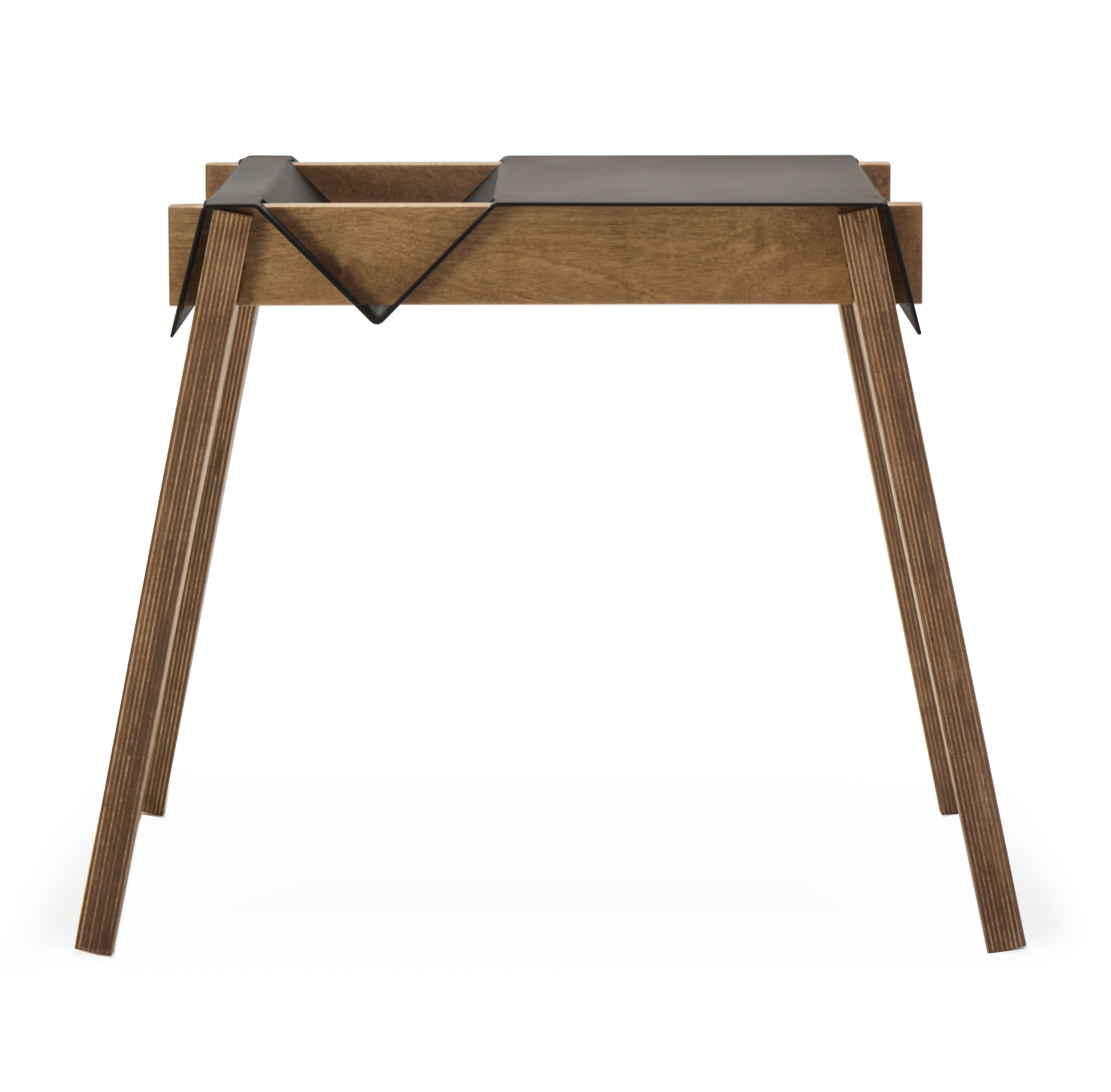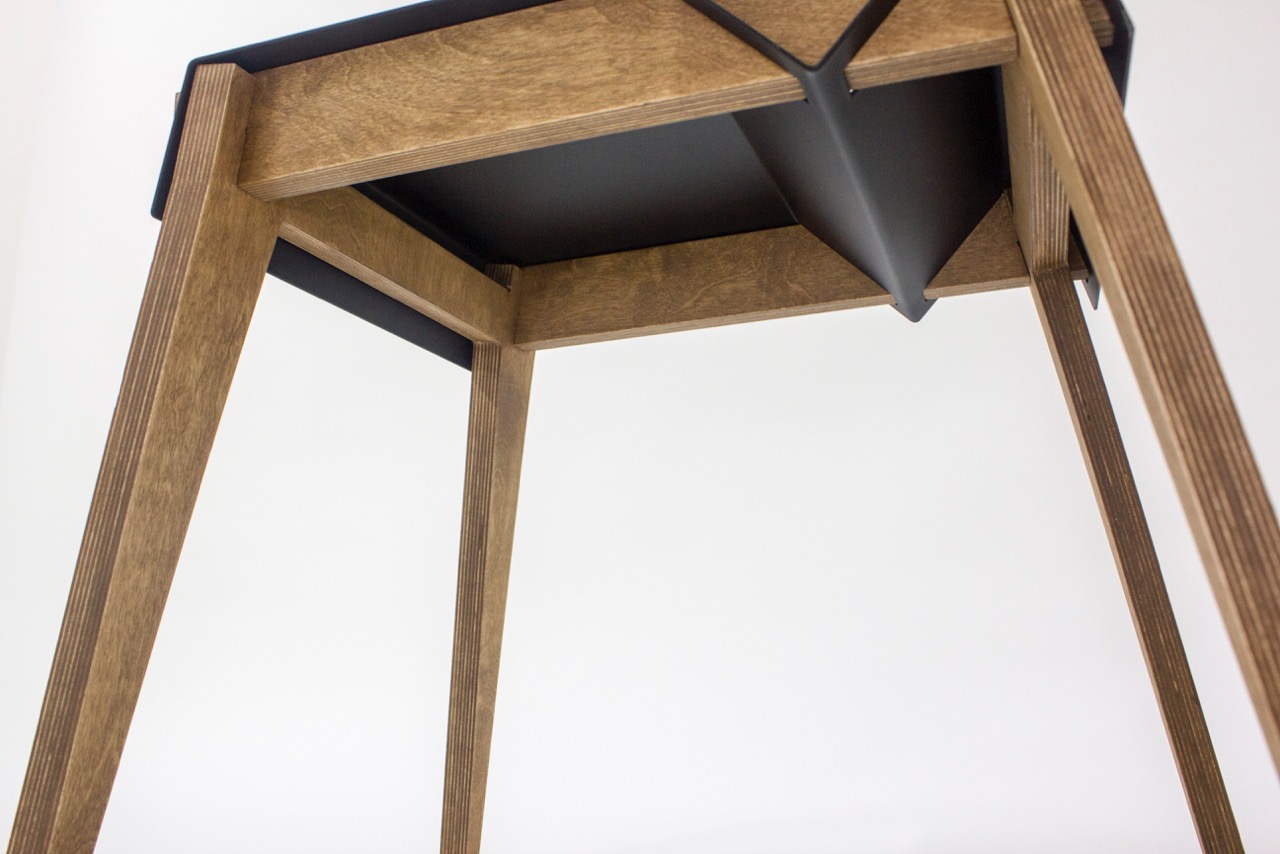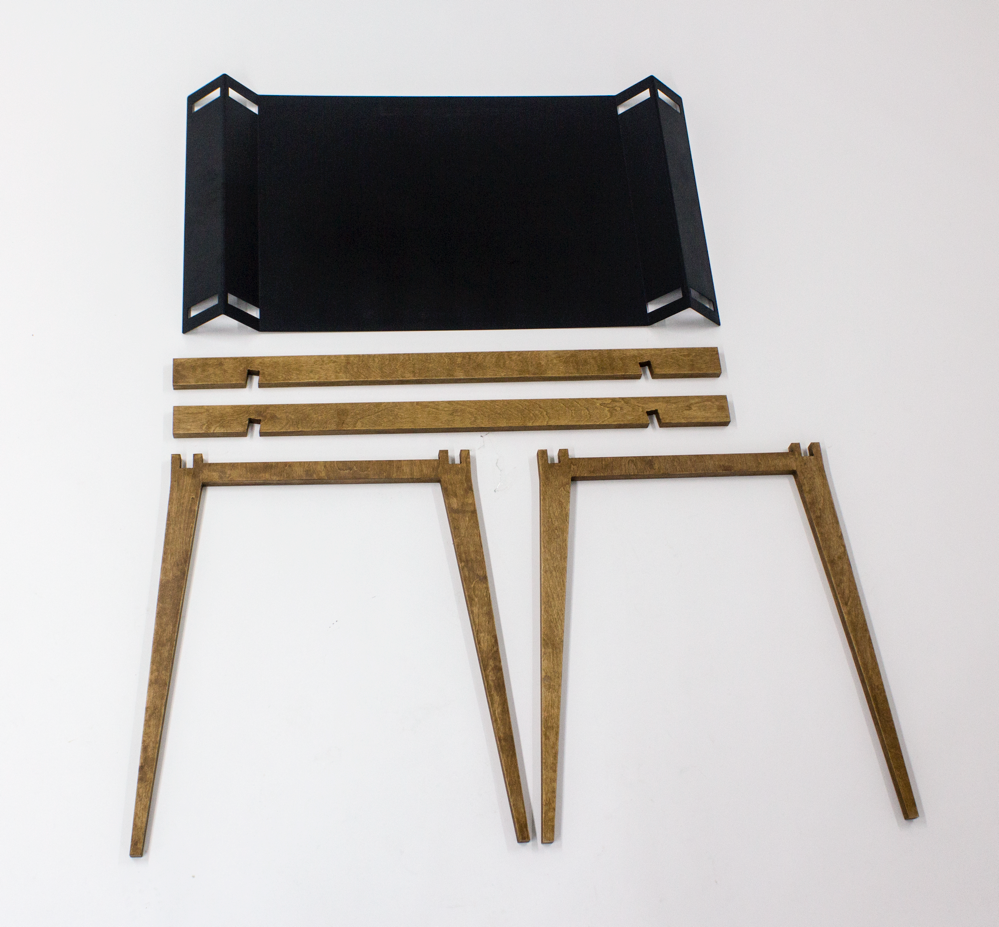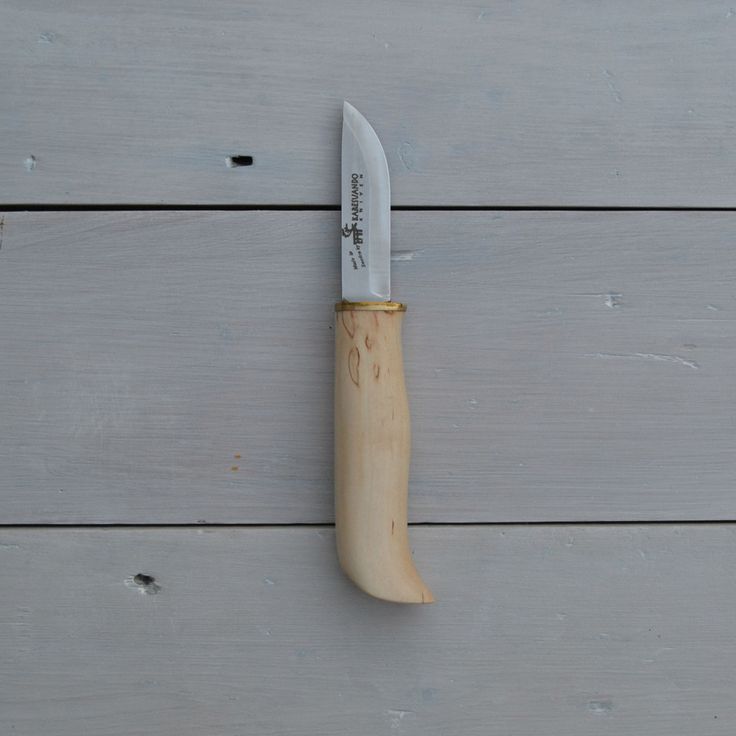In 2737 BC, the Chinese emperor stumbled across a mysterious potion after leaves from the camellia sinensis plant accidentally fell into the water his servant was boiling for him to drink. As a herbalist, he embraced the opportunity to try a new concoction, sipped the delicate liqueur and immediately fell in love; a love that has been shared by billions since.
It is strange to think that people have consumed tea for over 4,000 years. Perhaps even stranger to think that in Britain we have only been drinking tea – our saviour, our comfort, our ‘pack your kettle last so it’s the first thing out of the car’ mentality – for a short 400 years. So we’ve had less time to develop tea-drinking traditions.
The Chinese and Japanese spring to mind when you think of tea ceremonies: formality, silence, tea to offer thanks or apologies to a relative. Rule-governed tea drinking? The officialism appears alien to us.
But on reflection, there are layers of ritual in our own tea consumption. Tea calms our nerves, welcomes us home after work and is a greeting for visiting friends. Imagine not offering a friend a brew when they arrive at your home? Tea has the ability to revive and console us, to lift our spirits, pep us up and calm us down. Although we do not wear robes or sit on our heals, tea has real significance: comfort, safety, friendship.
Britain
In Britain, many of our tea traditions revolve around food. The majority of our customs were developed in the early 19th century, first by the upper classes, who championed afternoon tea as a way of bridging the gap between lunch and dinner. Tea was served around 4pm, with small sandwiches, scones and cakes.
High tea is different – in industrial Britain, miners and factory required immediate sustenance after a day of hard labour, so a substantial meal would be served, accompanied by a cup of strong, sweet tea. This is why northerners call the evening meal ‘tea’. The ‘high’ aspect is a reference to the high-backed chairs and higher table the lower classes would sit at to enjoy their tea – the upper classes would be seated in low lounge chairs and have their tea served on smaller, occasional tables.
Taking time to enjoy tea has always been important regardless of class, right up until the invention of the teabag. When the teabag was born, there was a dip in quality – a throwaway pouch of powder replaced the gentle unfurling of leaves, releasing layers of flavour.
Kazakhstan
Kazakhstan is another of the world’s biggest tea-drinking countries. The traditions are rooted in the giving and receiving of tea as an act of welcoming and politeness. Guests are offered tea on arrival at a host’s home and it is considered impolite to refuse the beverage.
Much like the Russians and Turks, Kazakhs use samovars to brew and serve the tea. However, unlike in Russia, the server only fills the kasirs (small, wide-mouthed saucers), to around half full. This ensures that the tea is always consumed hot.
Guests are then required to pass their empty kasirs back to the female host as a way of thanking her and showing respect. She then replenishes the cup half full and passes them to her guests once more; a process that continues, creating a graceful, rhythmic and visual ceremony.
Russia
Like the UK, Russia was introduced to tea in the mid-1600s, but whereas we stole the idea from China, the Russian Tsar was given tea as a gift from the Chinese ambassador of Moscow. Of course, he loved it and a line of trade was quickly organised between the two countries.
Tea in Russia is not just about the liquid itself but about the heat that brews the tea and the warmth felt through consumption. Russia’s tea ceremony is therefore centred on the use of a samovar; a large metal tea urn with decorative handles and a spout.
Typically, samovars have more than one layer. Simple samovars have a bottom layer housing the hot water, which is heated by filling the small, soldered pipe that runs through the centre of the urn with hot coals. Above this sits a small metal teapot, inside which a concentrated form of tea, zavarka, is brewed before being diluted by the hot water from the urn.
China
In China, the consumption of tea is ceremonial. It is used to formally celebrate or consolidate occasions and is often served at family gatherings, as a symbol of formal apology and as a way of politely addressing and thanking parents for the giving and receiving of partners at weddings.
The flavours and aromas of the tea are at the heart of the ritual. It is important that the tea is pure. Each utensil is carefully cleansed using the first infusion of the green tea leaves to ensure the second infusion’s taste is not tainted by foreign bodies.
There is also significance in the pouring of the tea: slowly, in one motion, across all cups (small clay pots) and only half full. The other half of the cup is said to be filled with friendship and affection; therefore binding host and guest in their tea drinking experience.
Japan
Japan’s tea ceremonies centres on the making of Matcha tea; a green tea ground to a fine powder, renowned for its healing powers, antioxidants and bitter taste.
The ceremony is called chanoyu, which dates back to the 12th century and focuses on the aesthetics of tea-making rather than the taste or smells, making the experience more of a choreographed performance than a quenching of thirst.
It also focusses on the presentation of utensils used to prepare the tea, flower arrangements and calligraphy. The Japanese aesthetic of wabi-sabi, best translated as ‘flawed beauty’ or ‘wisdom in natural simplicity’, is key to the ritual. Tea bowls can appear rustic and unrefined to the untrained eye, not used to seeing the beauty of things imperfect and incomplete.
It is the host’s task to consider their guests’ view of the tea from every angle to ensure their experience is one of purity, serenity and tranquility. This thoughtful consideration often ensures that the bonds of friendship between the hosts and their guests are strengthened after the experience is concluded.
India
On the subcontinent, tea is served on the streets by chai wallahs, who blend their spicy chai tea at their stalls at train stations, bus stations and on every street corner.
Authentic chai is milky, sweet and spicy, made from thick buffalo milk, Assam tea, cardamom pods, ginger, cinnamon and a ton of sugar. The ingredients can vary, but the serving ritual generally stays the same: the Chai Wallah brews up all of the ingredients in a large metal pot over open coals placed on the stone ground. Once simmering, he pours the liquid through a sieve into a kettle, then pours the chai into small terracotta pots from a great height. The drinking cups are only used once – consumers throw them to the ground once they have finished, smashing them to pieces, to allow the clay to get trampled back into the ground.
Much of India’s tea is renowned for its medicinal properties, mainly because of its strong ties to Hinduism and Ayurvedic tradition: a system that inspires us to live by alternative medicine, ultimately governed by a healthy and balanced lifestyle. Their tea blends are therefore steeped in a philosophy that inspires the ‘art of living wisely’.
Iran
Tea is the national beverage in Iran, with drinkers enjoying mainly green tea and black tea to quench their thirst. No occasion can take place without tea being served and, in many regions of Iran, light-coloured tea is a mark of disrespect from the host to the receiver. Iranians like it strong.
Perhaps it is the liking for a strong brew of tea that has led the people of Iran to discount the value of water in their tea making. Through the use of a samovar, Iranians simply see water as a way of extracting the aromas and flavours heavily from the leaves.
Typically, tea is drunk from glassware and held by the rim of the glass between the thumb and forefinger with the pinkie used to balance. Often, held in the other hand, is a large pipe connected to a hookah, or qalyoon as it’s locally known – a tall, ornate smoking device that combines flavoured tobacco and water. In the absence of alcohol, tea houses, where tea and the qalyoon are served hand-in-hand, act as a social hub where young Iranian people can relax and socialise.
Morocco
The proverb Insha’Allah – with god willing, all good things come with time – is key to how Moroccans brew their tea, for it signifies their respect to the timely process.
Morocco is famous for its mint tea; a blend of Chinese green tea, fresh mint leaves and a lot of sugar (often a sugar to tea ratio of 5:1).
During a tea-making ritual it is a great honour if you are invited by the host to assist in the making of the tea. Incense is lit and those taking part in serving must wash their hands in orange blossom water before they begin.
Firstly, loose green tea leaves are placed in a round-bellied teapot with a conical top
and long curved spout, and hot water added. Like in China, the first infusion (left to brew for just one minute, before being poured into a tall glass) is used as a cleanser, this time for the leaves rather than the flasks, to rid the leaves of any impurities picked up through travel. The tea is then brewed before adding sugar and mint.
The spout is an important part of the teapot. Curvature of the spout allows for the server to pour the tea from a height of around half a metre into the small glasses below, to create froth.
Tea is served after each mealtime, for customers entering shops, to welcome guests into the home and to mark business deals.
This originally featured in iPad issue 4 of Ernest Journal, which is available to download now.









































